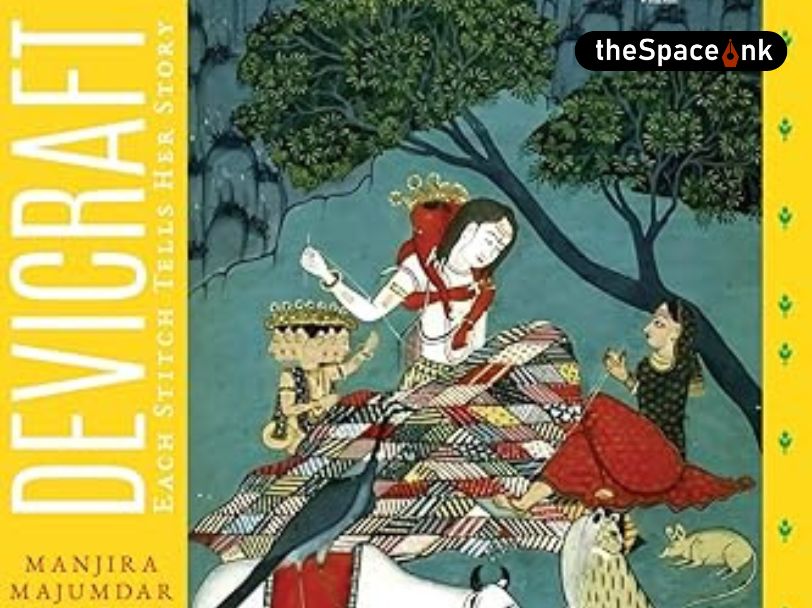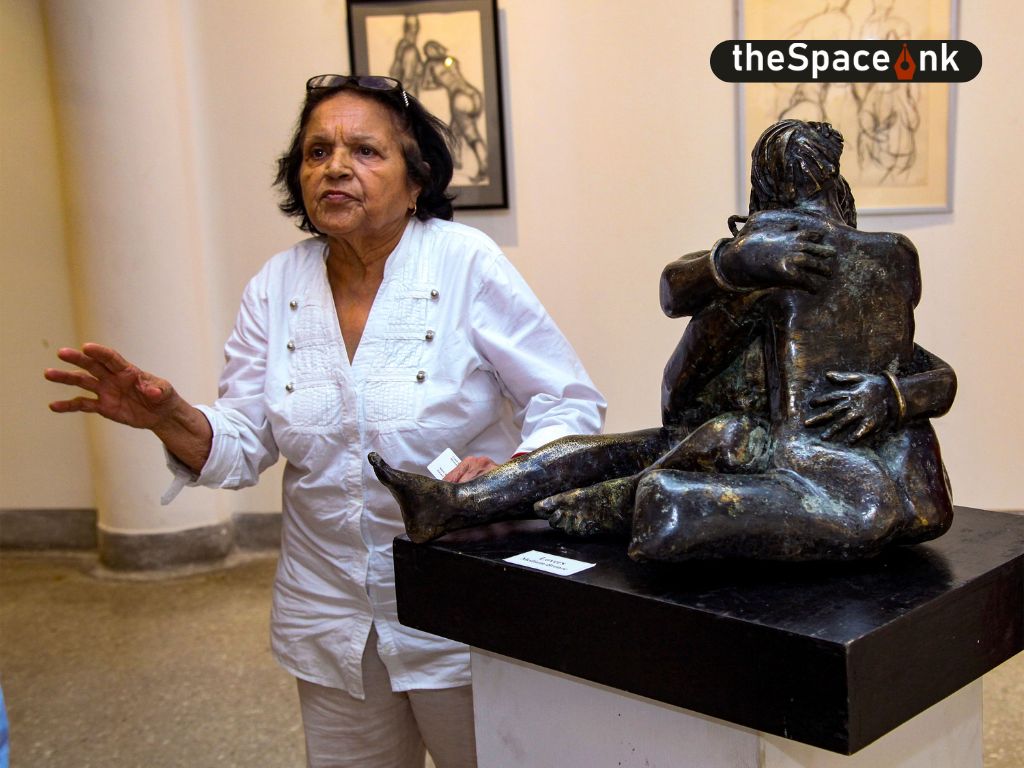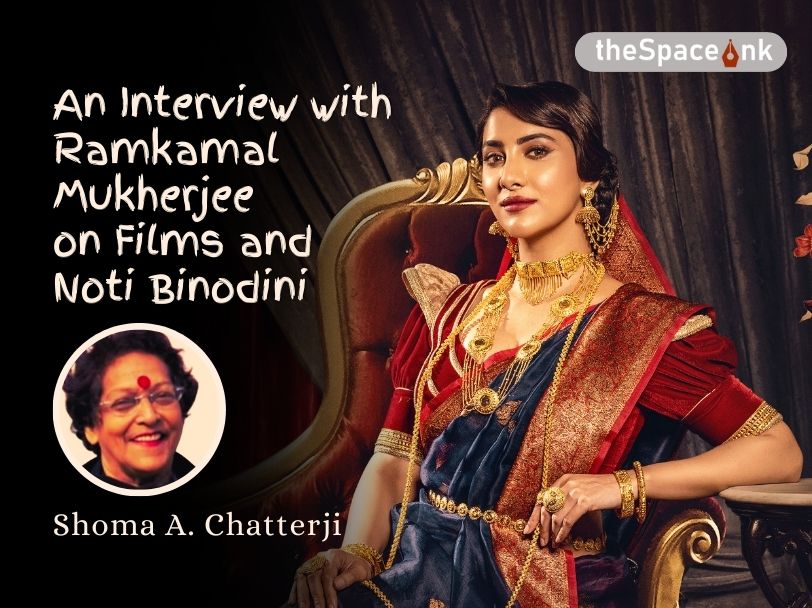Pratim D. Gupta shifted tracks from being a very successful film critic and journalist to become a full-fledged filmmaker when his first film script “Vanish” was selected for the celebrated Binger Script Lab at the Locarno International Film Festival in 2009. But he is in august company. Francois Truffaut began his career as a film journalist, and he went on record to state that his track as a film journalist helped him a lot when he became a filmmaker.
In Indian journalistic history, the first name that comes to mind with a similar career graph is that of Khwaja Ahmed Abbas who made some very memorable films and went on writing his popular weekly column in the Blitz till he passed away. B.R. Chopra went on to become one of the pillars of Hindi cinema but few are aware that he wrote and later edited a film journal, Cine Herald in Lahore before his family shifted to Bombay.
Khalid Mohammad who reviewed films for The Times of India and later edited Filmfare, turned to filmmaking by scripting some films by Shyam Benegal and later also directed a film named Fiza which was a reasonable hit. So, Pratim D. Gupta is not an exception in this scenario. He talks about this transition in his career as well as his success as a filmmaker with his later films.
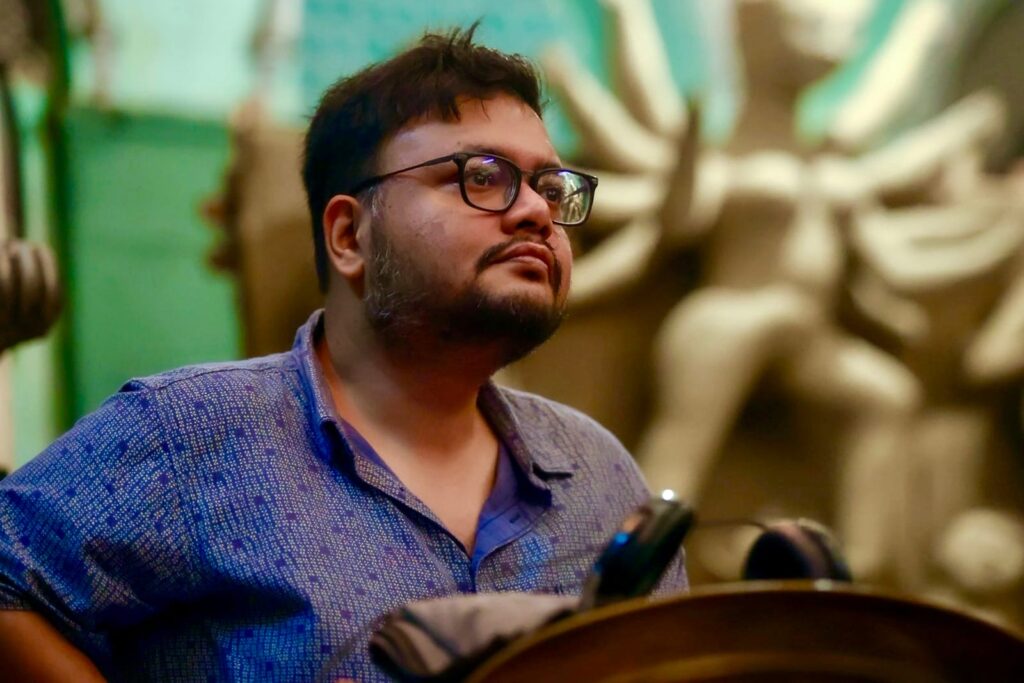
SAC: You were very successful as a film journalist. What caused the shift to the other side of the field? Please explain.
PDG: I actually always wanted to be associated with the making of films. That’s why despite a good rank in the Joint Entrance Examination, I went ahead and studied Films alongside English and Mass Communication. Journalism was the next logical step after college but soon I had started writing scripts. When my first script got selected for the Open Doors programme at the Locarno Film Festival, I knew that I had to make the switch at some point.
SAC: Tell us how and when the shift happened and what were the major stumbling blocks?
PDG: My first film Paanch Adhyay (2012) was largely unseen and that really broke my heart. But my second feature film Shaheb Bibi Golaam, which released in 2016, was a resounding success, both critically and with the audiences. That’s when I took the full plunge.
SAC: You began with a short film which was an anthology. How do you think a short film differs from a full-length feature film?
PDG: In a short film, you are expecting a twist and so anything and everything is permissible. As far as the making goes, there is no difference, apart from the fact that the short film might take just one-tenth of the time and budget.
SAC: You give yourself enough time between films. Why?
PDG: I cannot mentally focus on parallel projects. Maybe I haven’t tried hard enough. But for now, I am a one-film man, when I am making a film, I cannot write or plan another one. Also, I get too involved in every department, and I need to be there next to the music director, next to the sound designer, next to the colour gradist, next to the poster designer. Everything has to be just the way I want. That takes time.
SAC: You are not genre-specific. Is this by choice or by force of circumstance?
PDG: By choice. I love watching all kinds of films. So when I am making them, why should I limit myself to one single genre?
SAC: Talking about Chaalchitro– Frame Fatale, what brought on the idea of making a thriller?
PDG: I have always wanted to make a thriller based on a serial killer. But I also wanted to see what an investigation does to the personal lives of the policemen. Thrillers are dime a dozen these days. From all parts of the world, in all shapes and sizes. So Chaalchitro needed to be unique within the thriller format. While writing, my natural instincts to impart a humanist theme surfaced and that has made all the difference.
Also Read: In Conversation with Shoojit Sircar on I Want to Talk
SAC: How did you decide on the cast and crew? Most of the actors have worked with you for the first time. What was the experience like?
PDG: Aside from Anirban Chakrabarti and Shantanu Maheshwari, I was working with all the other actors for the first time. Even the crew, every head of the department was someone I was collaborating with for the first time, barring the sound designers. That was both an advantage and disadvantage. Disadvantage because it took time to understand each other; advantage because no one took anybody for granted and everyone was hungry to prove their worth.
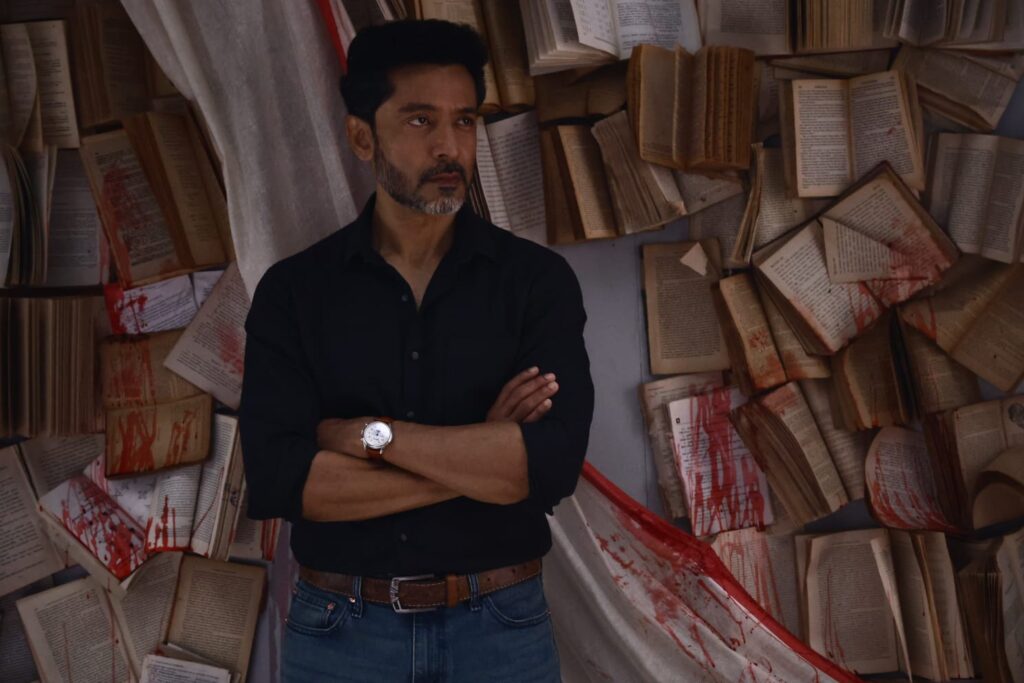
SAC: Which are the outdoor locations you shot in and how long did it take the entire process from the story board to the release?
PDG: We shot in all parts of Kolkata, but more in the south – Tollygunge, Golpark, Ballygunge. We only storyboarded the action scenes and the interrogation scene.
SAC: What kind of director would you call yourself?
PDG: Largely democratic. The dictatorial bit doesn’t surface because I guess no cast or crew really insists on doing things differently than how I want. I guess they respect my vision and eagerness to make something special.
SAC: This thriller, Chaalchitro- Frame Fatale is a big hit. Machher Jhol too was a hit. Please rank your films in order of your personal preference and explain the reasons.
PDG: It’s difficult for me to be objective about Chaalchitro because I finished making it recently. A lot of critics and audiences have gone on to say this is my best work till now. I am also extremely proud of Maacher Jhol, Ahare Mon and Tooth Pari.
SAC: What, according to you, is the function of cinema as a form of creative art, as a challenging business proposal, as an additional media of entertainment, education and information for the Indian audience?
PDG: It depends on the said film. It can be escapist. It can be thought-provoking. It can give you an emotional catharsis. It can also suffocate you. But I would like to repeat what Ritu-da once said that a film till it’s made, is an artistic creation but once ready, it is a product that needs to be sold in the market. I believe that and hence my films never ever discount the watchability factor. A film to me is not to be put up on my living room wall but to be shown to audiences everywhere.
SAC: Name five filmmakers, Indian, and 5 international, who inspire and influence your filmmaking.
PDG: I am only including living directors to make my choice less difficult. Mira Nair, Mani Ratnam, Imtiaz Ali, Thiagarajan Kumararaja, Aparna Sen. David Fincher, Coen Brothers, Quentin Tarantino, Sofia Coppola, Christopher Nolan.
SAC: Where do you see yourself five years from now?
PDG: Probably with a few more films under my belt. But I also want to write books. I have written one which I want to put out at some point this year.
SAC: Finally, do you believe that cinema can bring about social change?
PDG: It can start a conversation. And it should start a conversation. Any conversation is good conversation.
Image Courtesy: Author
Shoma A. Chatterji is a freelance journalist, film scholar and author based in Kolkata. She has won the National Award twice, in 1991 and 2000. She has authored 26 published titles of which 14 are on different areas of Indian cinema. She holds two Masters Degrees and a Ph.D. in History (Indian Cinema). She has also won a few Lifetime Achievement Awards from different organizations over time.






